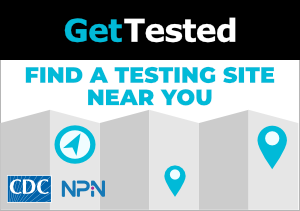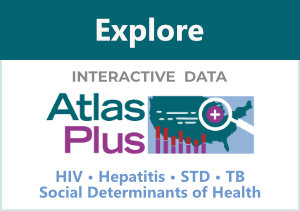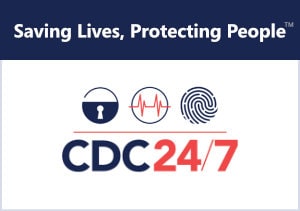LGBTQ+ Youth: Addressing Health Disparities with a School-Based Approach

Many lesbian, gay, bisexual, transgender, and questioning (LGBTQ+) youth face social stigma about their sexual choices or identities. Stigma can take many forms, such as discrimination, harassment, family rejection, social rejection, or violence. For LGBTQ+ youth, these experiences can put their health at risk.
Mental Health and Suicidal Behaviors
While poor mental health is a common problem for youth, it is reported far more often by LGBQ+ youth.
- In 2021, 69% of LGBQ+* youth reported feeling persistently sad and hopeless. For heterosexual youth, that figure was 35%.
- During the pandemic, LGBQ+ high students were about 4 times more likely to attempt suicide than their heterosexual peers.
- Although the pandemic made these disparities worse, they have been persistent over time.
* Not all data sets include data on transgender and/or questioning youth. The “T” and “Q” are not used when referring to these data. LGB and LGBQ+ are used as appropriate.
Experiences with Violence
LGBTQ+ high school students experience more violence than their heterosexual peers—both at school and at home.
- LGBQ+ youth consistently report higher rates of bullying, being threatened or injured with a weapon, and dating violence. They are also more likely to miss school because of safety concerns.
- Disparities are particularly pronounced in the areas of sexual violence. LGBQ+ students are four times as likely to experience forced sex.
- During the pandemic, 20% of LGBQ+ students said they had been physically abused by a parent or other adult in their home. For heterosexual students, that figure was 10%.
Risk for HIV
Many youth in the U.S. are living with HIV, and LGBTQ+ youth are the most affected.
- 23% of new HIV diagnoses are among young men ages 13-24, most of whom identify as gay or bisexual.
- Despite the higher risk, only 7% of LGBQ+ students have ever been tested for HIV.
- Many students don’t get inclusive health education. About 51% of schools nationwide provide information on HIV, STDs, or pregnancy prevention that’s relevant to LGBTQ+ students.
What Schools Can Do
LGBTQ+ youth often feel less connected at school. Research shows that when students feel connected to a supportive school community, they do better socially, emotionally, and academically.
When schools implement LGBTQ+-supportive policies and practices, all students experience less:
- Emotional distress
- Violence and harassment
- Suicidal behaviors
CDC’s What Works in Schools program has identified inclusive practices that benefit both LGBTQ+ students and their heterosexual peers. They include:
- Establishing Gender and Sexuality Alliances (GSA)
- Conducting professional development for school staff on inclusivity
- Identifying safe spaces
- Implementing anti-harassment policies


